10 Tips to Win in Chess Endgames
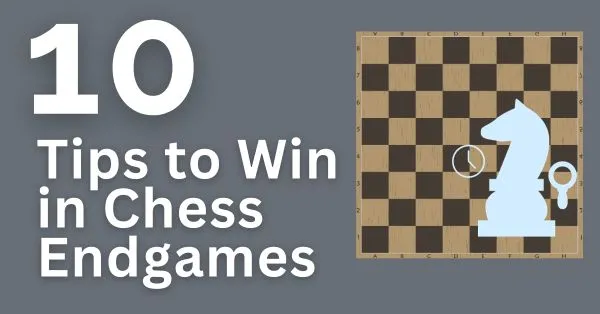
Chess endgames are beautiful yet tricky. With so few pieces on the board, one might expect a lack of action. But the endgame is the stage where you can see pieces at their maximum.
Club players often mess up winning endgames and shift the blame elsewhere.
You can reduce these errors by studying and mastering the art of playing the endgame. Here are 10 tips you can immediately employ in your games to win chess endgames.
Tip 1: Know your Theory
Endgame is a vast ocean. In the opening stage, we rely on tried and tested paths. In the middle game, we fall back on known plans and patterns to guide us through. But we cannot do the same for endgames. We can only take the help of rules and pre-analyzed positions or endgame theory.
Theory helps us guide in the right direction. If we are in a lost position, it helps us to aim for hope for a draw. When in winning positions it guides us with the correct technique to take home the point.
In the following position, Botvinnik playing Black looks lost. White has the active pieces and a material advantage. However, there is a way for Black to survive.
Black to Play
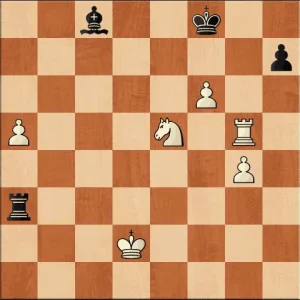
Here Botvinnik played Rxa5, he had to see the continuation after Nd7+.
After Nd7+ Bxd7 Rxa5 Bxg4 it looks like we are exchange down. But in fact, this position is a known theoretical draw. Black can draw this position even without the h pawn.
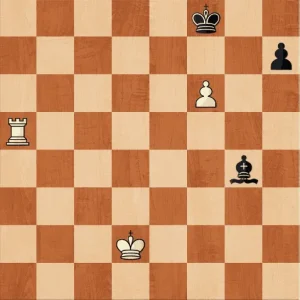
Botvinnik knew this and went for this endgame deliberately so that he could force this position on the board.
Tip 2: Let your Pieces be Active
One of the most common mistakes that chess players make in the endgame is to play passively.
Passive moves allow a free hand to the opponent. The inactive position of your pieces may hold out in the short term but it often leads to a slow but inevitable defeat.
Whenever your opponent threatens a pawn or a piece think twice to put the piece into an inactive post. Always strive to achieve counterplay with the activity of your pieces.
Tip 3: A passed pawn is an asset
Passed pawns grow in importance in the endgame. If you possess a passed pawn or threaten to create your own, the opponent cannot give you a free hand. The idea to create and use a passed should always be in the back of our minds.
In this example, Fischer playing White forces the creation of a passed pawn. He then uses the disarray in Black’s army and the threat of a passed pawn to seal the victory.
Tip 4: Think in Schemes
In the endgame, it is a rarity to have a grand plan. We cannot account for all the possibilities. But it is possible to devise short plans to improve our position. This can be as simple as bringing the king to the center or a short plan coordinating multiple pieces. But having a plan is important in the endgame.
In the position below, White has a nice static advantage due to the doubled pawns. However, there is nothing immediate for White. In such situations, it is ideal to make a plan instead of applying random attacking moves.
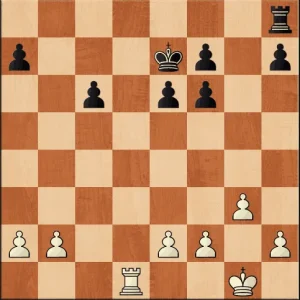
White realized the plan of placing the rook on the fourth rank. From the fourth rank, it can swing to attack both a and h pawns. A possible continuation is Rd4 Rb8 23.b3 Rb5
After Ra4 a5 Kg2 white can make further plans to improve the position.
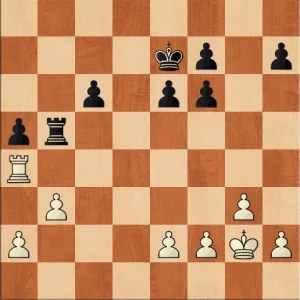
Tip 5: Take your time
One of the differences between a strong player and a club player is that a strong player knows when to force a position and when to play slowly. This comes with training and experience. In many endgame positions playing too rashly just loses the advantage. So to win in the endgame it is important to learn the art of playing patiently.
The judgment to know when to play slowly and when to pull the trigger doing so differentiates legendary endgame players from the rest.
In the game below we see a masterful demonstration of patience from Salo Flohr. After playing through the example you can try out the position against a computer. This is to see how patient you are in the endgame.
Tip 6: Exchange your way to victory
When you are ahead in material a simple but often overlooked strategy is to exchange pieces. This strategy can help you win many endgames. Whenever exchanging we just need to make sure that we don’t allow counterplay to the opponent.
Tip 7: Be Flexible with advantages
If you head into the endgame with an advantage you must be comfortable transforming it. We need to transform advantages to put more pressure or relieve pressure.
In the following example, White has the advantage due to weak Black pawns. Now White has to figure out a way to make progress. So what are the ideas? Relocate the knight to a4 and the King to c4. But that’s not feasible as Black has a light-squared bishop. Then can we create another weakness? From the pawn structure, creating another static weakness is impossible. So from this assessment, it is clear that White has to find a way to transform his advantage.
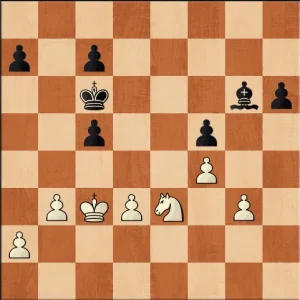
White plays the move d4. At the outset, it looks like it eliminates the weakness on c5 but the transformation is that White now has superior piece activity. The king can enter through e5 or c5.
Tip 8: Use your Rooks
In the endgame, the position opens up. Lines become clear for Rooks to operate. This makes the rooks more powerful. Hence when the endgame stage is near one should activate the rooks. The rooks are generally stronger than a minor piece in the endgames.
Using this strategy, a neat way to convert exchange-up games is to enter an endgame. This gives your rooks more leverage and power to attack weaknesses.
Tip 9: Play on
One of the traits that makes Magnus Carlsen one of the greats is his ability to play in equal positions. An equal position is not a draw. Humans make mistakes and we should look to set problems for the opponent.
We should aim to make simple good moves in equal positions with pieces on the board. Whether something materializes or not is not of immediate concern. Just play on and who knows you might catch a lucky break.
You also might like Hanging Pawns – Fundamental Pawn Structures as well as Passed Pawns in the Middlegame.
Tip 10: Be strong in tactics
Endgames are rife with combinations. Even if the position looks calm, we should be on the lookout for tactics. Tactics also help you to advance short plans.
In the position below, Black has active pieces and an outside passed pawn. But Black’s king is in a precarious position. White slowly pulls Black into a mating net.
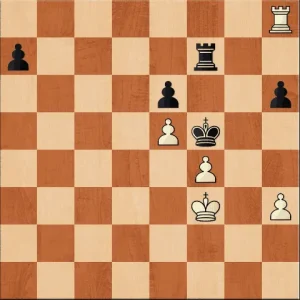
1..Kg6 2.Re8 Kf5 3.h4
White starts weaving the mating net.
a5 4.h5 a4 5.Rh8 a3 6.Rxh6 a2 7.Rg6 a1=Q 8.Rg5#
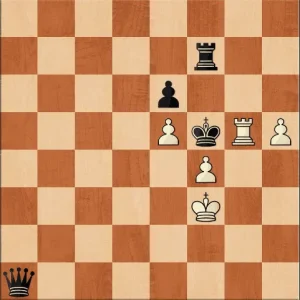



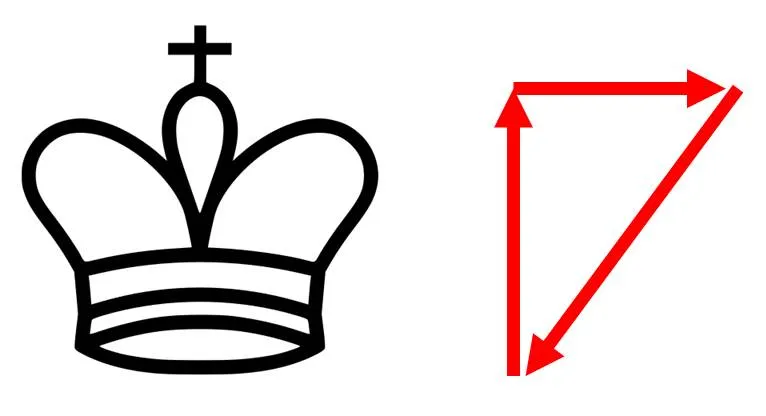
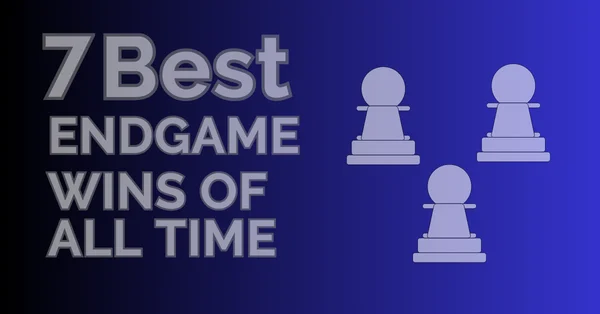
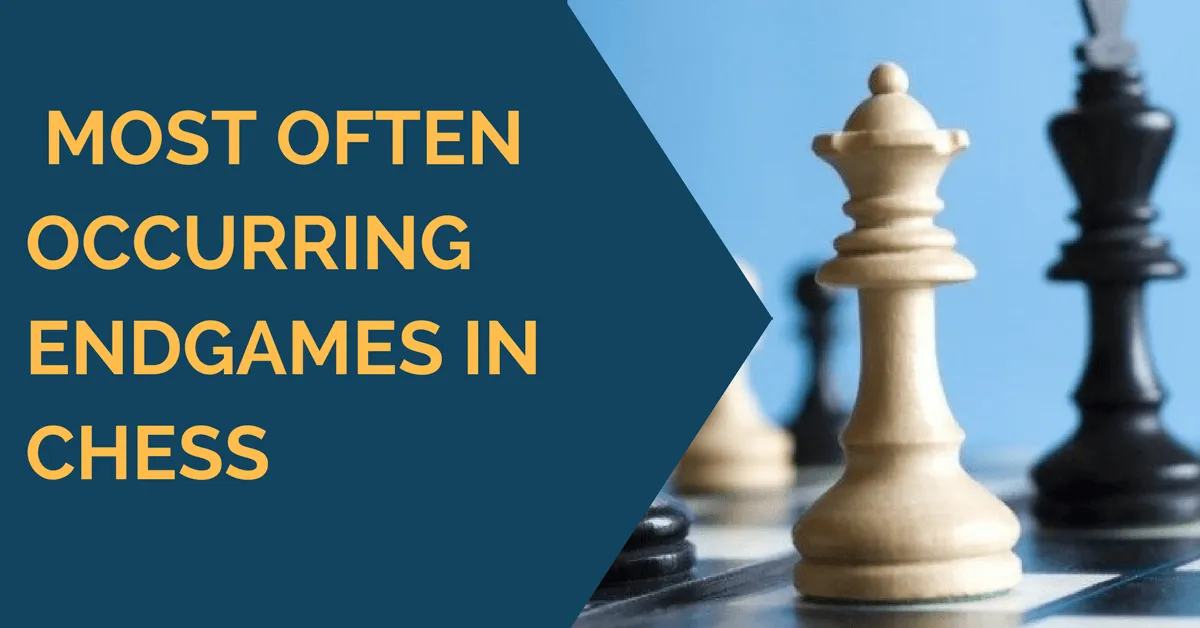




Comments: